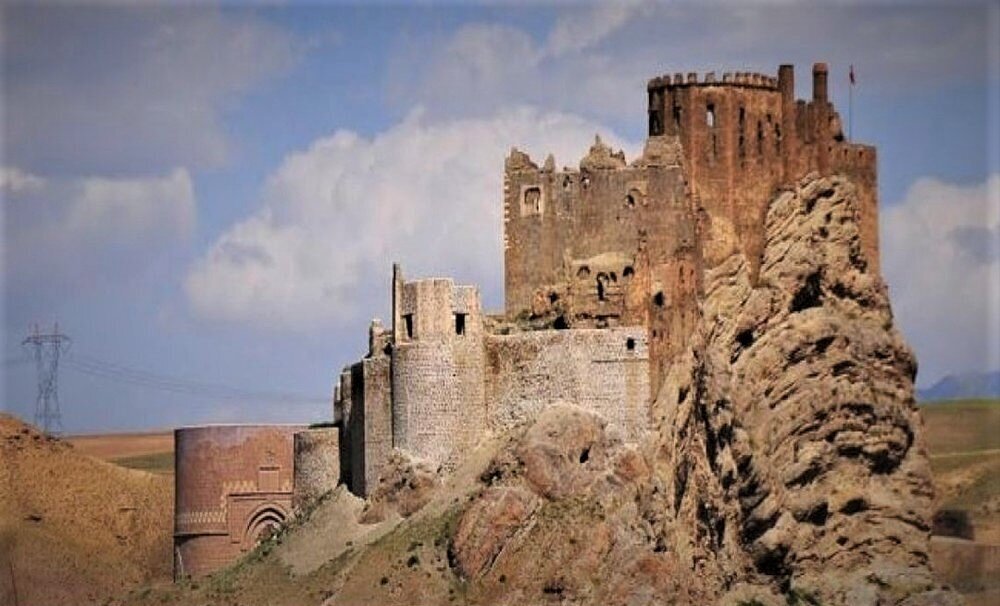Alamut Castle nears UNESCO World Heritage status, tourism minister says

TEHRAN - Iran's Minister of Cultural Heritage, Tourism and Handicrafts announced on Tuesday that the historic Alamut Castle is on the verge of possibly being inscribed on the UNESCO World Heritage list.
Speaking to reporters during his visit to Qazvin province on Tuesday, Minister Seyyed Reza Salehi-Amiri confirmed that UNESCO evaluators may visit the region in late September or early October to carry out a final assessment.
Salehi-Amiri emphasized that Alamut’s inscription would mark a turning point for tourism in the region. “With this recognition, Alamut will become a global destination for cultural travelers and history enthusiasts,” he added.
Located in the South Caspian region near the village of Gazor Khan in Qazvin province, Alamut Castle, also known as “the eagle’s nest”, sits atop a dramatic mountain ridge, about 200 kilometers northwest of Tehran.
It rose to prominence in 1090 CE when it was taken over by Hassan-i Sabbah, leader of the Nizari Ismaili sect. For more than 160 years, Alamut served as the intellectual and strategic center of a semi-autonomous state, renowned for its extensive library, gardens, and scientific inquiry.
During his remarks, the tourism minister also stressed the need to improve the region’s infrastructure to accommodate future visitors. “Qazvin enjoys high levels of safety and cultural appeal, but its accommodation capacity must be doubled within the next five years, in line with the Seventh National Development Plan,” he stated.
To meet this goal, Salehi Amiri said the government is working on new incentives to attract private investment in the tourism sector. “Details of these incentives will be announced at the appropriate time,” he noted.
The minister also commended ongoing efforts to preserve Qazvin’s cultural assets, including the restoration of a historic urban structure in collaboration with the city municipality. He said such initiatives can elevate Qazvin’s historical architecture to national prominence.
“From the Medes to the Sasanians, and from the Safavids to the Qajar era, Qazvin has always been a symbol of Iran’s great civilization,” Salehi-Amiri concluded. “Much of its cultural heritage remains unexplored, but with the continued efforts of archaeologists, its treasures will gain broader global recognition.”
In the 1930s, British-Italian explorer and travel writer Freya Stark described her exploration of the place in her book “The Valleys of the Assassins”.
AM
Leave a Comment